REVIEW In 1995, Tales of Phantasia was released, the first episode of becoming one of the essential sagas of the JRPG. To celebrate the 25th anniversary of this founding title, Bandai Namco decided to mark the occasion with Tales of Arise, a new episode presented as a turning point in the franchise.
Unfortunately, due to numerous complications, the game was not released in 2020 as planned and ended up arriving in early September 2021. But while it has grand ambitions, does Tales of Arise live up to its promise to convince newcomers and veterans of the franchise?
An unparalleled universe
The universe of Tales of Arise is composed of two twin planets named Dahna and Rena. After centuries of living in peace, the Renians finally invaded their neighbour to enslave its population. Three hundred years later, all Dahnians have been enslaved and are working in inhuman conditions to benefit their invaders. In this context, we play a mysterious character with amnesia, insensitive to pain and whose face is hidden by a mask.
While dreaming of revolt, he meets a young woman on the run who cannot be approached under the penalty of electrocution. Together they join the Dahnian resistance to end centuries of servitude. To achieve this, they must defeat the various Renian lords who each control a region of Dahna. Because of their position, they all participate in the Crown Tournament, a competition to determine the new ruler of Rena. The winner is then selected by the amount of cosmic energy harvested, the energy produced by the efforts of the Dahnians, hence their hard work.
On the surface, the scenario of Tales of Arise may seem rather classic. An amnesiac hero, a revolt against an invader, a young woman with a mysterious past… Deja-vu in itself. But in reality, the game quickly reveals that its universe is far from being Manichean and that things are more straightforward than “the Renians are bad and the Dahnians are necessarily good”. We are pleasantly surprised to see how much more nuanced and subtle; this world is than it seems without giving too much away. Add to that a scenario rich in revelations and twists, and we are dealing with a fascinating universe because of the complexity it offers. This aspect is further enhanced by the members of your team who regularly share exciting reflections on the world they live in. This will make the player think in turn.
Interesting characters from everywhere
Moreover, the characters are the other major strength of the title. Thanks to the many (too many?) sketches, these side discussions so dear to the Tales saga, we get to know better this band, composed of members from different backgrounds. Each one manages to be endearing in his way, and we believe in the chemistry between them. Unfortunately, this emphasis on the universe and the characters also makes the game too talkative at times. It is not uncommon to deal with real dialogue tunnels, which are undoubtedly exciting but can even be lengthened if you want to see all the sketches. On several occasions, the game repeats the same story elements to make sure that all players follow. A pitfall that was already present in Persona 5, for example, ends up being cumbersome in the long run.
A next-gen JRPG?
Determined not to rely solely on its storyline and characters, Tales of Arise is also the most visually accomplished game of the saga. Thanks to its detailed cel-shading that brings out the colours, we are often bluffed by several panoramas that give the feeling of being in a next-gen J-RPG. Throughout the various environments we travel through, we enjoy this unique rendering made with the help of the Unreal Engine 4, a game engine already used by Bandai Namco for SCARLET NEXUS, its other Action-RPG released earlier this summer. These settings are all the more pleasant to go through as a discreet soundtrack often accompanies them, but which delivers good tracks, sometimes even epic.
The same can be said for the care given to the characters, starting with their frankly successful design. The latter also benefit from compelling facial and body animations during the most critical cinematics. The same goes for the spirits in combat, which are just as impressive, especially those of the Bonus Strikes, the attacks that allow you to finish off your opponents in a spectacular way.
On the technical side, the title manages to display 60 frames per second consistently on PS5, even during a deluge of action on screen. Note that this next-gen version also offers two different modes to prioritise the frame rate or the graphics. Still, on next-gen consoles, you can also take advantage of instant loading times that allow you to start a fight immediately or quickly teleport to another part of the world thanks to the fast travel feature. However, the title is not without visual flaws. Regardless of the medium chosen, it is noticeable that many elements of the scenery appear late on the screen, an effect known as clipping in more technical terms. This aspect is all the more visible when running through landscapes.
Crazy and spectacular fights… sometimes too much
The title relies on a solid combat system that is remarkably dynamic thanks to its frantic action. And if you end up leaving Alphen, the main character, you can switch at any time to another member of your team, all of whom benefit from particular gameplay. Whether you prefer to play as a paladin, a mage or a sniper, there is something for everyone, and each approach has its charm. Of course, your characters’ skills evolve thanks to the multiple little skill trees that are unlocked throughout the adventure, the equivalent in this episode of the traditional titles in the series. And even when you’re not controlling them, it’s possible to influence the behaviour of your allies thanks to the complete strategy system that allows you to give them indications according to each situation. A simplified version of Final Fantasy XII’s Gambit in itself.
Unfortunately, the spectacular nature of the combat system also tends to make the action confusing at times, especially against bosses. It is at these moments that dodging is most important, if not essential. As a result, some boss fights become difficult only because of the lack of readability on the screen. Moreover, out of the forty or so hours required to complete the main adventure, one can be disappointed by the bestiary. Regularly, we find ourselves facing different or more powerful versions of monsters we have encountered before, which ends up being redundant. We can also regret the absence of a multiplayer mode, a feature present in most titles of the series. A lack that will displease the fans of the first hour, but that is understandable given the ambition of this new episode.
-BadSector-
Pro:
+ A thought-provoking story that breaks new ground in the way RPGs handle politics
+ Fresh, effective approach to pacing and storytelling
+ An interesting and sympathetic cast
Against:
– The main plot takes a back seat in the middle
– Recycled NPCs and annoying sound bytes
– Farming
Publisher: Namco Bandai Games
Developer: Namco Bandai Games
Style: JRPG
Release date: August 18, 2021
Tales of Arise
Gameplay - 8.8
Graphics - 8.2
Story - 8.7
Music/audio - 8.4
Ambience - 8.6
8.5
EXCELLENT
Unfortunately, the spectacular nature of the combat system also tends to make the action confusing at times, especially against bosses. It is at these moments that dodging is most important, if not essential. As a result, some boss fights become difficult only because of the lack of readability on the screen. Moreover, out of the forty or so hours required to complete the main adventure, one can be disappointed by the bestiary. Regularly, we find ourselves facing different or more powerful versions of monsters we have encountered before, which ends up being redundant. We can also regret the absence of a multiplayer mode, a feature present in most titles of the series. A lack that will displease the fans of the first hour, but that is understandable given the ambition of this new episode.

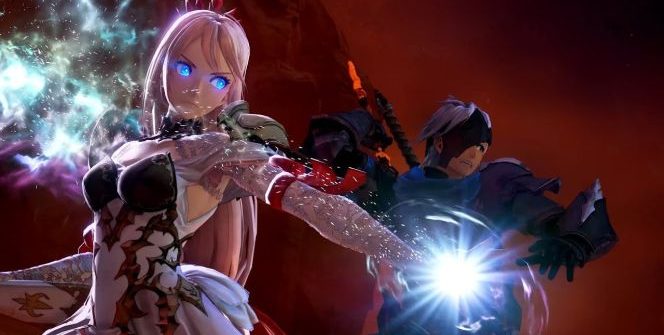
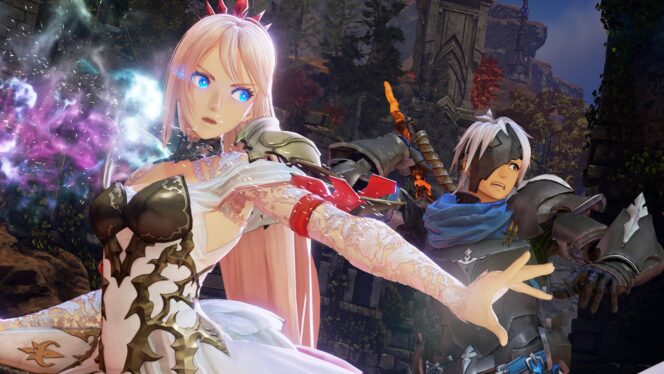
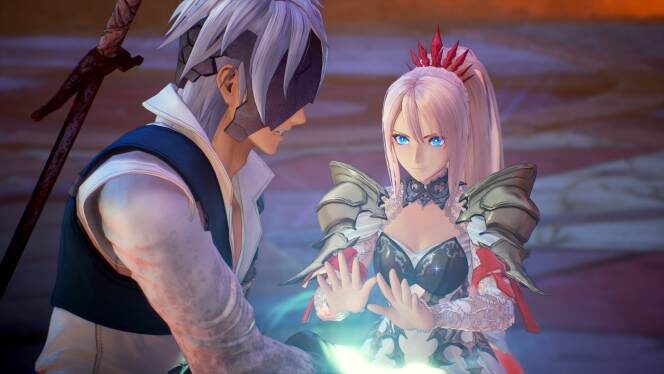
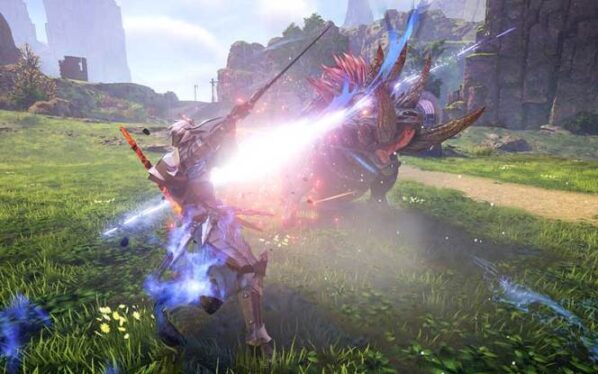
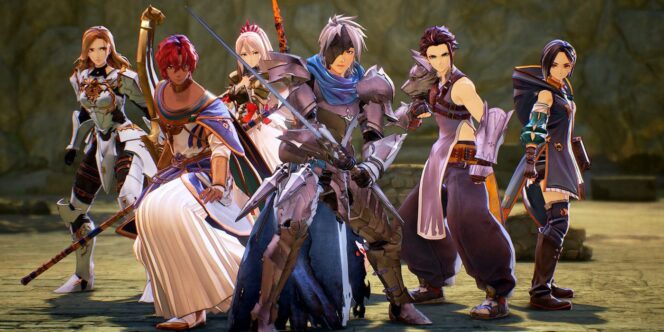









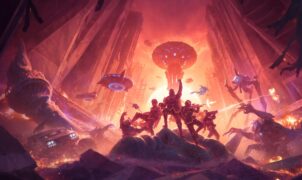




Leave a Reply